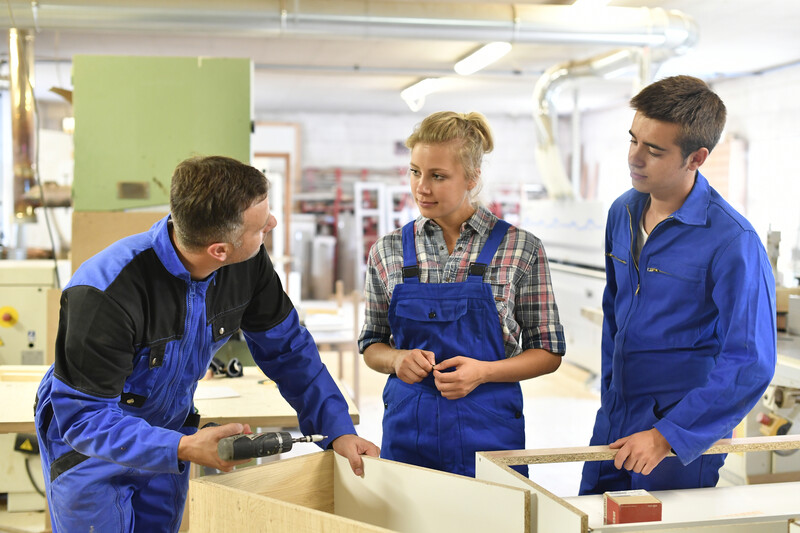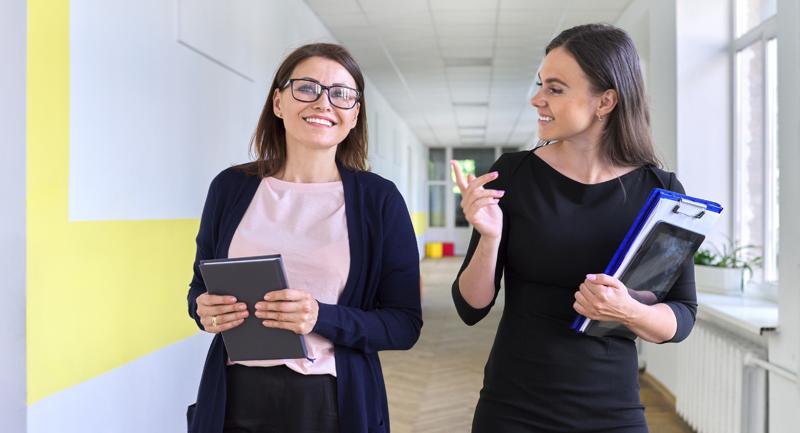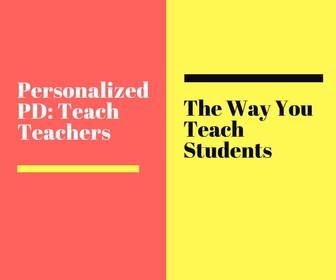There is a great commercial from several years ago that depicts a humorous situation where two people get stuck on an escalator. As the man and woman are riding up the escalator, in their polished business attire, the escalator comes to a sudden halt. The man and woman both look shocked. “Whoa, that’s not good,” says the man. The women replies, “I don’t need this. I am already late.” The frustrated duo yells for help, and when help does not arrive, they sit down on a step and wait for someone to come rescue them. If you are like most people, this commercial makes you chuckle because it is clear that if you were actually in this situation, you would simply put one foot in front of the other and climb your way to the top of the stairs. At the same time, you can’t help but think of the people in your life who wait around for others to come and rescue them instead of helping themselves. As I began to process the many messages embedded in this commercial, I couldn’t help but make connections to teacher professional development. Teaching is a profession. In order for professional development to influence what matters most—the students—every teacher needs to engage in the learning process so they embrace and model what it means to be a lifelong learner.
Design Professional Development That Guides Teacher Learning
Anyone who has planned professional development for teachers knows the thought, effort, and time it takes to create meaningful learning that increases teacher knowledge and skills. I have come to realize that, as a professional development leader, I need to plan experiences that will guide—not dictate—teacher learning. Guiding learning is very different from simply dispersing information to teachers and expecting them to absorb and apply it effectively. To prepare for professional development, I am guilty of spending numerous hours reading, researching, and analyzing multiple perspectives so I can present accurate information to teachers. There have been times that I have unknowingly robbed teachers of a learning experience during professional development because I engaged in the learning process to prepare for the professional development session and then did not require the teachers to engage in the learning process; instead I simply presented my learning to them. Professional development needs to be job embedded and carried out in such a way that teachers are generating questions, researching solutions, and collaborating to problem solve and improve their practice. Professional development that guides teachers to engage in the learning process will foster a culture where teachers become lifelong learners seeking to improve their craft for the benefit of student learning.
Foster a Culture of Owning Professional Growth
The man and woman on the escalator did not have the desire or the skills they needed to help themselves. They each were content to complain and do nothing while waiting for someone else to solve their problems for them. Schools need to create and maintain a culture where educators collaborate with a focus on being problem solvers and not just problem identifiers. If professional development is designed in a way that merely expects teachers show up, listen, and leave, the culture will be one where teachers wait for problems to be solved by someone else. If professional development is designed in a way that engages teachers in self-assessment and self-reflection, the culture will be one where teachers begin to recognize the gaps in their own understanding and collaborate to identify the necessary steps to close those gaps. As educators, this the same desire we have for our students. We want students to know where they are, where they need to be, and what they need to do to get there. When teachers engage in this type of learning for their own growth, they are in a better position to help their students become independent lifelong learners. This approach to learning creates a culture of continuous improvement for everyone.
Keep the Focus on Student Outcomes
There seems to be a common theme among almost every school’s mission and vision—we do what we do for the betterment of students. As teachers reflect and set goals for their own learning, it is important that they keep the focus on the student. In Visible Learning (2009), John Hattie analyzes the research around professional development and its influence on student learning. He shares seven best practices for professional development. According to Hattie, “It is important to engage the teachers sufficiently during the learning process to deepen their knowledge and extend their skills in ways that improved student outcomes.” In order for professional development to guide teacher learning in a way that positively influences student learning, it has to include a focus on high-leverage strategies and the time and support necessary to master the implementation of those strategies. Mastering an instructional strategy takes time, but it can be done with the use of data collection, feedback, and reflection that is all centered on the students. As lifelong learning educators, we need to be asking ourselves three questions:
- What evidence can I collect from the students that shows me whether or not they are learning the intended outcomes?
- Do I have the skills and resources I need to respond in a way that will move every student’s learning forward?
- If so, what is the best way to implement those skills and resources so my students get what they need? If not, how can I acquire those skills and resources and move my own learning forward so my students get what they need?
As Scott Hayden says, “Teachers should have three loves: love of learning, love of learners, and the love of bringing the first two loves together.” If we design professional development that requires teachers to engage in the learning process, create a culture where teachers own their own professional growth, and maintain a focus on identifying and responding to the needs of students, we will have schools full of teachers and students who embody what it means to be a lifelong learner.








